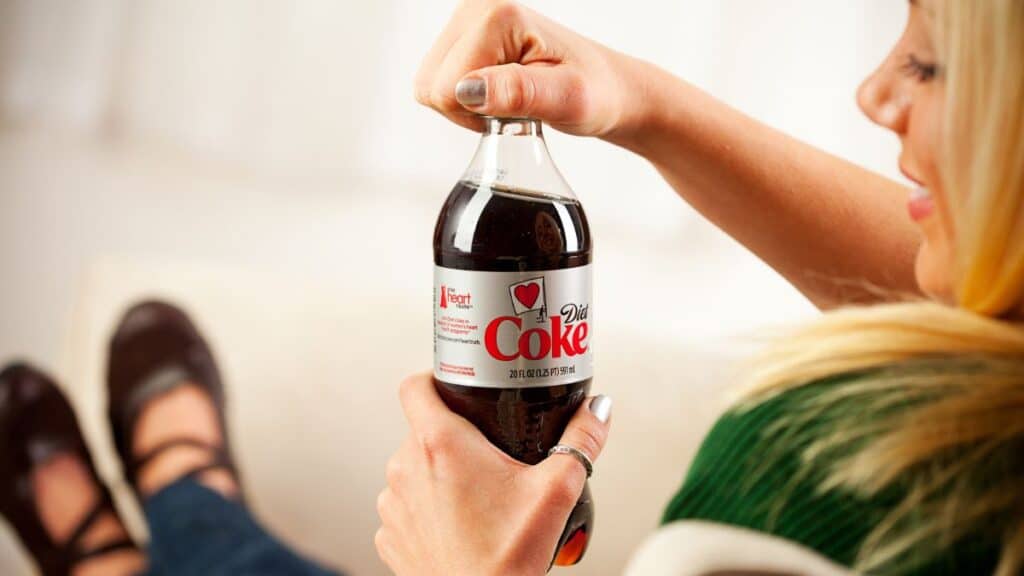When paychecks lag behind rising prices, even normal purchases start to feel out of reach. More and more Americans are adjusting their shopping habits, cutting back on things that once felt routine. Items that used to land in the cart without thought are now being skipped. Here are fifteen products that didn’t survive the shift in spending priorities.
Brand-Name Cereal

The cost of cereal has jumped enough that many shoppers now grab store brands or skip it entirely. Generic versions often taste similar and save several dollars per box. Some families are even swapping cold cereal for oatmeal, eggs, or homemade muffins to stretch their budgets.
💸 Take Back Control of Your Finances in 2025 💸
Get Instant Access to our free mini course
5 DAYS TO A BETTER BUDGET
Bottled Water

Once a grocery staple, bottled water is now seen as a pricey convenience. Many households have switched to refillable bottles and home filtration systems. The savings add up quickly, especially for families who once bought multiple cases each week.
Pre-Cut Produce

Those neatly packaged containers of sliced fruit and chopped veggies cost far more than whole produce. Shoppers are choosing to buy whole items and prep them at home. It takes more time, but the difference at checkout is enough to make the swap worth it.
Paper Towels

With prices climbing, paper towels are becoming less of a necessity. People are turning to washable cloths and microfiber towels instead. It’s not only cheaper but also reduces household waste over time.
Name-Brand Cleaning Products

Generic cleaners often perform just as well for a fraction of the price. Many shoppers are also mixing their own solutions using vinegar, baking soda, and dish soap. The result is a lower bill and fewer specialty products cluttering cabinets.
Packaged Snacks

Chips, cookies, and snack packs are among the first things to be cut when money gets tight. Shoppers are baking at home or choosing less expensive alternatives. This shift also tends to reduce impulse eating, which can have health benefits too.
Soft Drinks

Rising soda prices have pushed many people toward iced tea, water, or powdered drink mixes. Buying fewer sugary drinks can also trim grocery bills while improving overall health. Restaurants charging extra for refills have made cutting back even more appealing.
Frozen Dinners

Convenience no longer justifies the higher price of frozen entrées. Cooking from scratch costs less and often tastes better. Bulk cooking and freezing meals at home helps keep convenience without the markup.
Coffee Shop Drinks

Daily lattes and iced coffees add up fast, especially with recent price hikes. More people are brewing at home or using single-serve machines. The savings can reach hundreds of dollars a year without sacrificing the caffeine fix.
Scented Candles

What was once a small luxury is now a skipped purchase for many. With prices creeping up, people are opting for less expensive ways to freshen their homes, like essential oils or homemade potpourri. The scent may linger longer for less money.
Disposable Plates and Utensils

Rising costs have made these convenience items less appealing. Households are using regular dishes and silverware, even for casual meals. It’s a simple change that reduces recurring expenses and waste.
Shaving Cartridges

Name-brand razor refills can cost nearly as much as a new razor. Shoppers are trying subscription services, safety razors, or electric shavers to save money in the long run. The initial switch pays for itself within months.
Greeting Cards

With prices nearing $7 in some stores, greeting cards are now a rare buy. Many people are turning to digital cards or DIY versions. The sentiment still matters, but the spending doesn’t have to.
Magazines

Print magazines are fading from shopping baskets as subscriptions and cover prices rise. Online articles and free digital content have replaced them for many readers. The savings may be small each month but add up over time.
Brand-Name Pet Food

Premium pet food prices have climbed enough to make shoppers look for alternatives. Many are choosing budget-friendly brands or mixing them with higher-end food to stretch their supply. Pets still get fed well without the same financial bite.
Holding Onto Small Luxuries Without Overspending

Cutting back on familiar products can be an adjustment, but it often opens the door to smarter spending. By finding affordable swaps or skipping certain purchases entirely, you can keep more money in your pocket without feeling deprived.
13 Little-Known Discounts That Can Save Big on Everyday Purchases

Saving money doesn’t have to feel like a chore. Sometimes, it’s as simple as knowing where to look and asking the right questions. From stores to services, these little-known discounts can help you keep more cash in your pocket—without feeling like you’re cutting corners. Here are 13 ways you can unlock savings in your daily life. 13 Little-Known Discounts That Can Save Big on Everyday Purchases



